"These Are Hollywood Plots!": How the Belarusians-Front-Line Soldiers and Partisans Challenged Stalin
6- 24.02.2021, 9:59
- 5,490
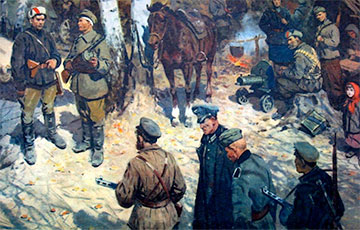
Unknown history of popular resistance.
Tens of thousands of young Belarusians returned home from the war in 1945. However, many of those who returned saw that the Soviet government had started a new war against the Belarusian people. And they dared to resist, even armed.
Andrei Tisetski, a former police officer who has devoted many years to the history of Belarusian law enforcement agencies and special services, told Belsat about the fate of these Belarusian soldiers.
- Many of your articles are devoted to anti-Soviet acts of resistance in the post-war BSSR, primarily in Eastern Belarus. And it is noticeable that sometimes it was precisely those people who were Soviet partisans who served in the Red Army or in the militia who left for the forests after the war.
- Yes, these people began to wage their war against the Soviet system. This system is still preserved in Belarus.
However, unlike modern Belarusians who protest peacefully, those Belarusian guys went through the war, they had weapons, they knew how to fight, hide in the forests. They grew up in war and got used to solve problems with weapons, like in the Wild West.
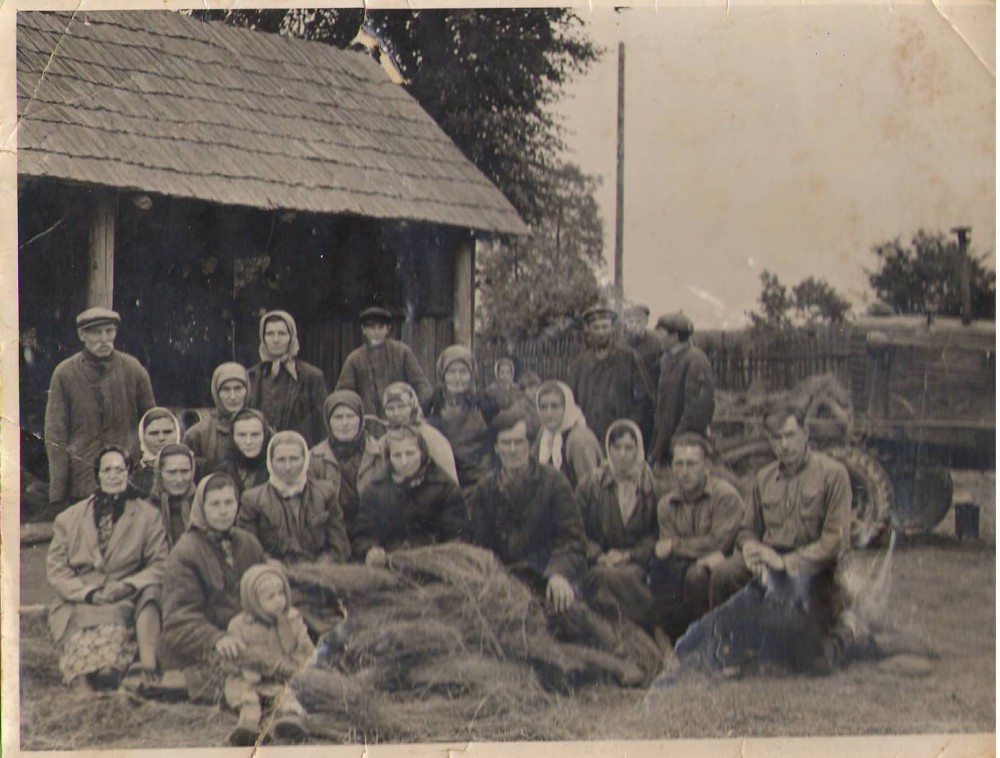
For example, in 1944, when the Soviet army arrived, the former partisans were driven into either the army or the police. When the same village children saw how their parents were again driven into collective farms, it came to sabotage, refusal from service, and leaving for the forests.
- Why do you sometimes call them Belarusian Robin Hoods of that time? Wasn't that banal banditry?
- In my understanding as a researcher, this is a special category of people who were on the side of the people, who robbed state institutions but shared the loot with their people, and the people hid them, passed information, fed them.
Ordinary banditry - there is no idea in it, criminals have no ideals. And the guys about whom I am writing became outlawed due to an ideological conflict with the Soviet regime, and until 1945-1946, they often believed in the promises of the Soviet government - that after the war the collective farms would be abolished, the system of power would change.
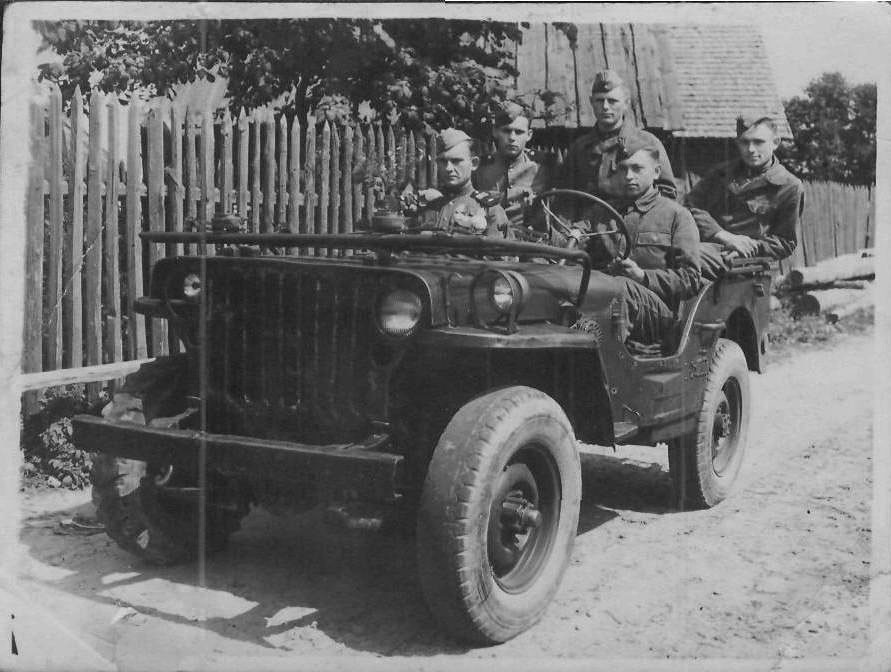
- However, after returning to their homes, they were convinced that the reality was completely different?
- Yes, people, mostly village guys, were outraged by the return of collective farms, high taxes. After all, the Soviets during the war often promised the abolition of collective farms in leaflets to the population of Belarus. The villagers hated the officials who collected taxes - the finagents. Due to high taxes, peasants cut down orchards, hid livestock in the forests, as during the war.
This new wave of collectivization has been especially painful for Eastern Belarus.
- Were famous participants in the war among your heroes?
- Probably most of them were awarded Ivan Shahoika, the last intelligence chief of the partisan brigade "Death to Fascism," who had the Order of the Red Banner and was distinguished by decisiveness and courage. He was sent to serve in the police in 1944. He was not taken to the front as he was wounded in the leg. And when it was necessary to help the peasants, he, experienced in forging documents during the German occupation, continued to do the same during the Soviet occupation. It is said that he allegedly forged a higher education certificate to his relative Ivan Dzemin, the former commander of his brigade's partisan detachment. After the war, Ivan Dzemin became the renowned director of MAZ and the Hero of Socialist Labor.
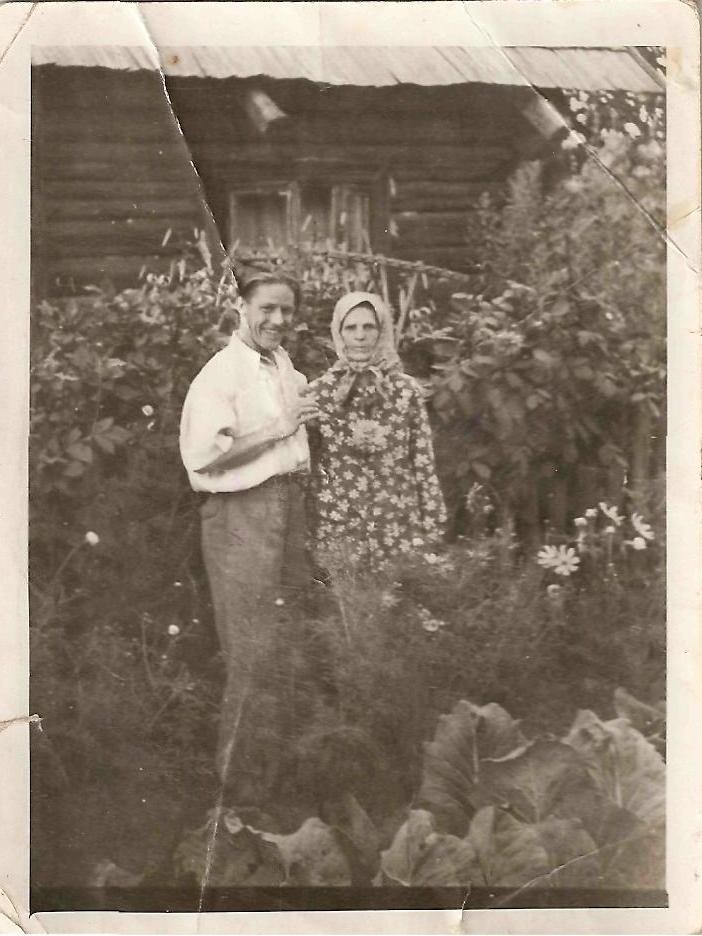
Then Ivan Shahoika was forced to leave for an illegal position. Among other things, former partisans hid him from the police, and he helped his fellow countrymen "get" the necessary document, or even supplied them with fake rubles of his own production, witnesses recall.
There were also stories about how, according to the documents he made, residents of the Smaliavichy region received money or food at local large enterprises, where cashiers could not know everyone by sight. Ivan Shahoika was arrested at the end of 1952. After his imprisonment, he lived in Kazakhstan and returned to Belarus only at the end of his life.
- And among the front-line soldiers?
- Former officer of the Soviet army Pavel Tsvirko (nicknamed Chaika) asked the Soviet authorities in the Kopyl region for some wood to renovate the parental house. His father was shot in 1938 as a Polish spy before the war. The wood was not given to Pavel Tsvirko. And he did not want to cut and steal trees at night, as the villagers often did.
Then he began to rob the village shops and distribute things to local peasants. “He was tall, fair-haired, swift in movement, had a hot temperament. The only time I saw him, he secretly from my father slipped four or five wrapped candies into my palm.
Oh. These were the first sweets in my life,” his niece says.
Chaika was arrested in 1949 and tried in Babruisk. It is unknown how his fate developed.
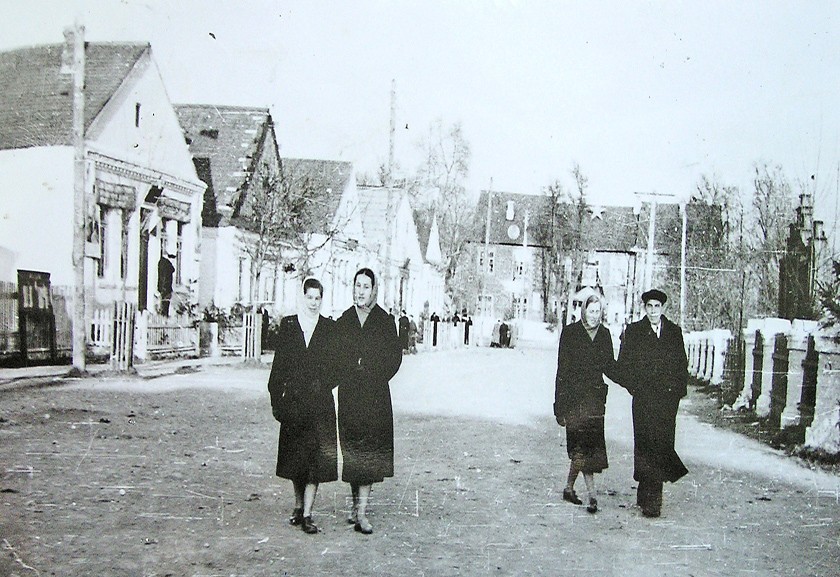
- Were there also Soviet soldiers-Belarusians who had previously served in the police under the Germans?
- For example, the famous Uladzimir Viarheichyk. Was born in the Barysau district in 1916. He served in the Soviet army before the war, was the first guy in the village. He was captured in 1941, served in the police in his native village. True, it is possible that he had contacts with local partisans.
In 1944, he went to serve in the Red Army and fought. After the war, he was arrested but escaped and began to hum in his native places. He became a kind of legend - it seems that he was seen in big cities, in big restaurants, was distinguished by physical strength, had popularity among women, and was elusive.
He had a group of the same former police officers. It was rumored that after successful operations he was seen in the uniform of a Soviet colonel or even a general in Minsk in the restaurant of the hotel of the same name.
When a decree was published stating that those who collaborated with the Germans but did not kill civilians, would be amnestied, Viarheichyk came armed from head to foot to the house of the precinct Avlasenka in his native village of Azdziatsichy, just as he was having breakfast. He calmed the unarmed policeman and put the weapon on the table. They say that Avlasenka even invited the "guest" to join the breakfast.
“Then they walked around the village for three days, drank moonshine, and waited for transport from the Barysau police,” says Vasil Dzivin, a retired police lieutenant colonel.
- And how did the population treat these people?
- The peasants understood that these were not ordinary criminals in the sense of criminal intent and actions. In addition, they usually were their own local guys. And the attitude to state and collective farm property as "no one's" already existed in Eastern Belarus.
Therefore, the attitude was different, not necessarily negative. The actions of such people were often considered a kind of spontaneous resistance, which is spoken of with honor. Not only villagers but also old policemen now sometimes talk about such heroes with delight.
If it were not for the preservation of the Soviet propaganda system in Belarus, now these people would already be living in films, TV series, and on the pages of popular books. I think it will still happen. These are Hollywood plots!









